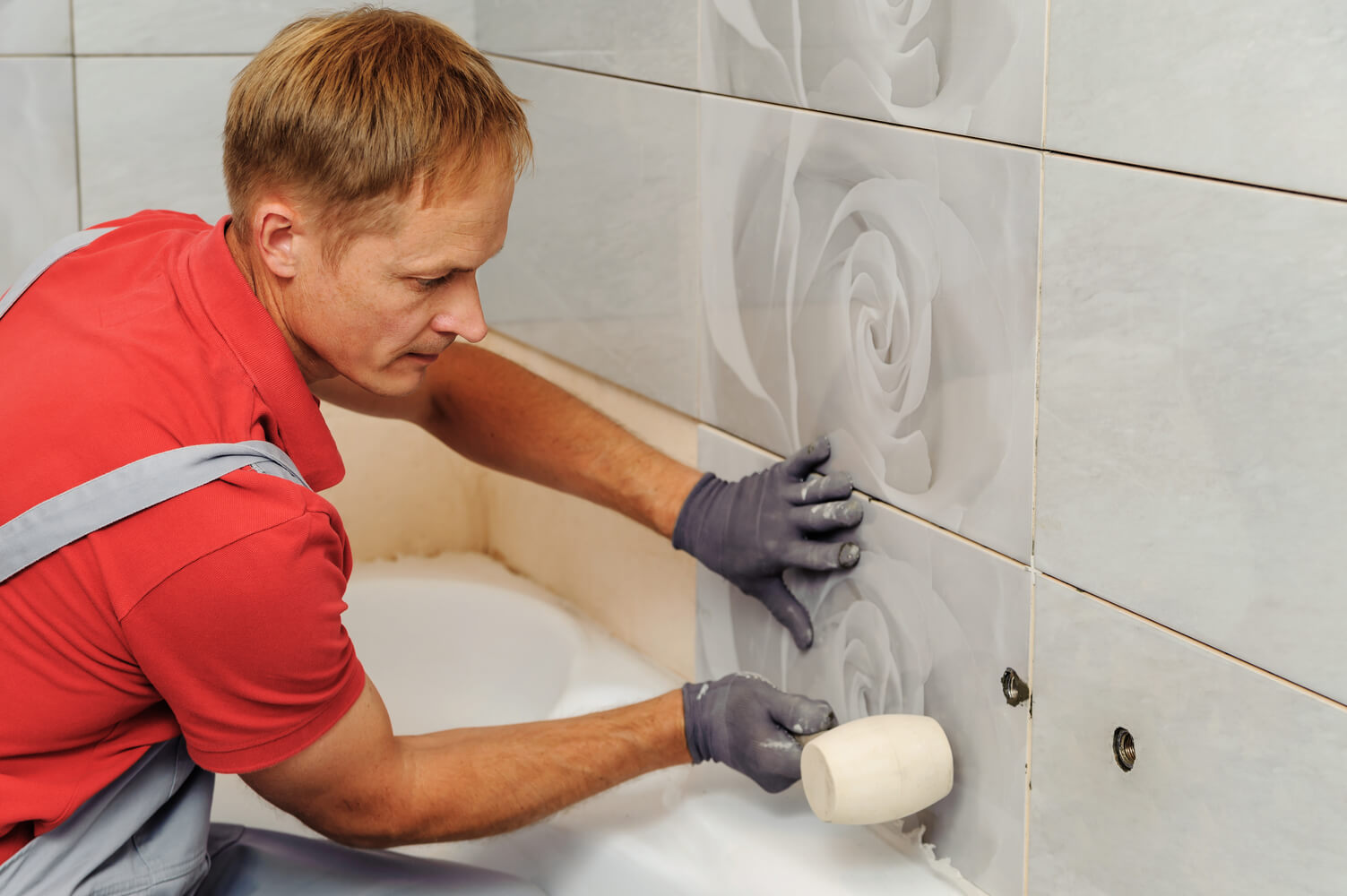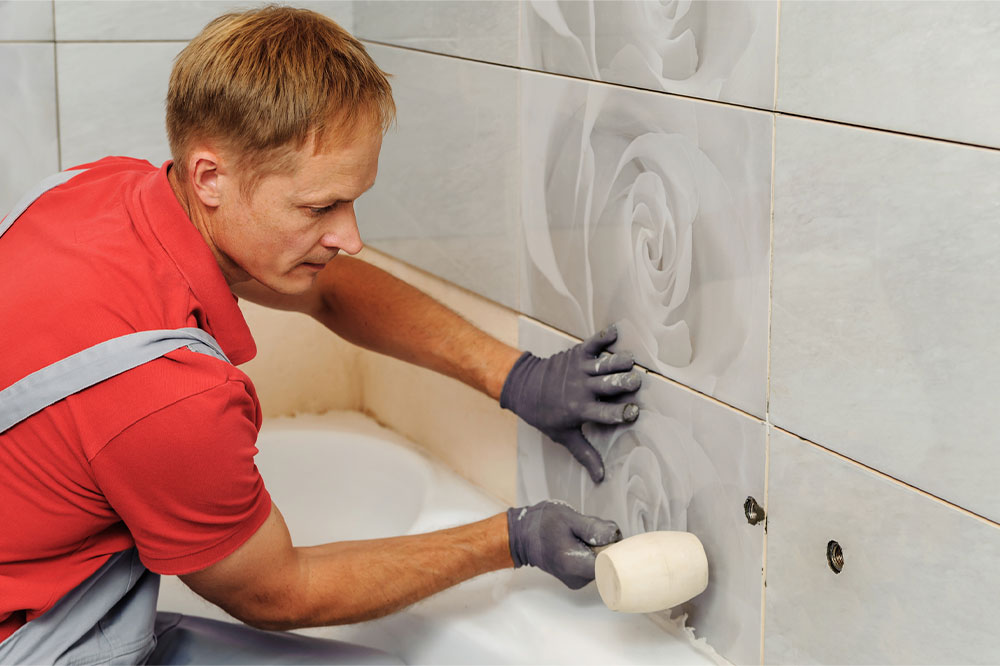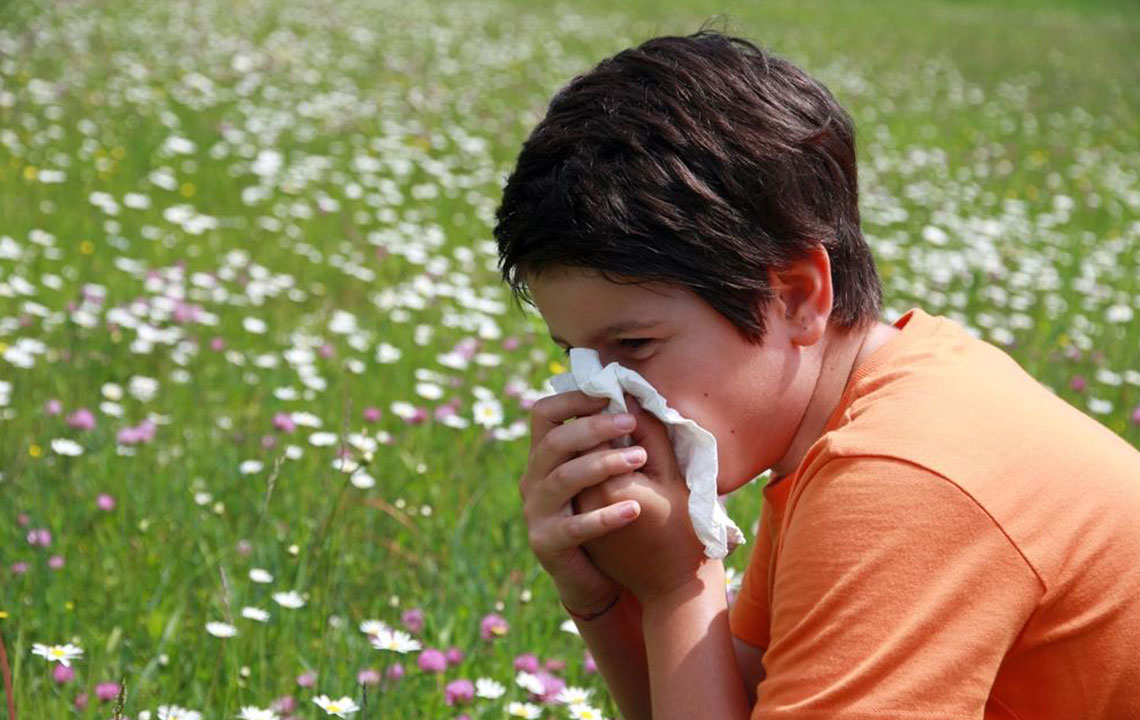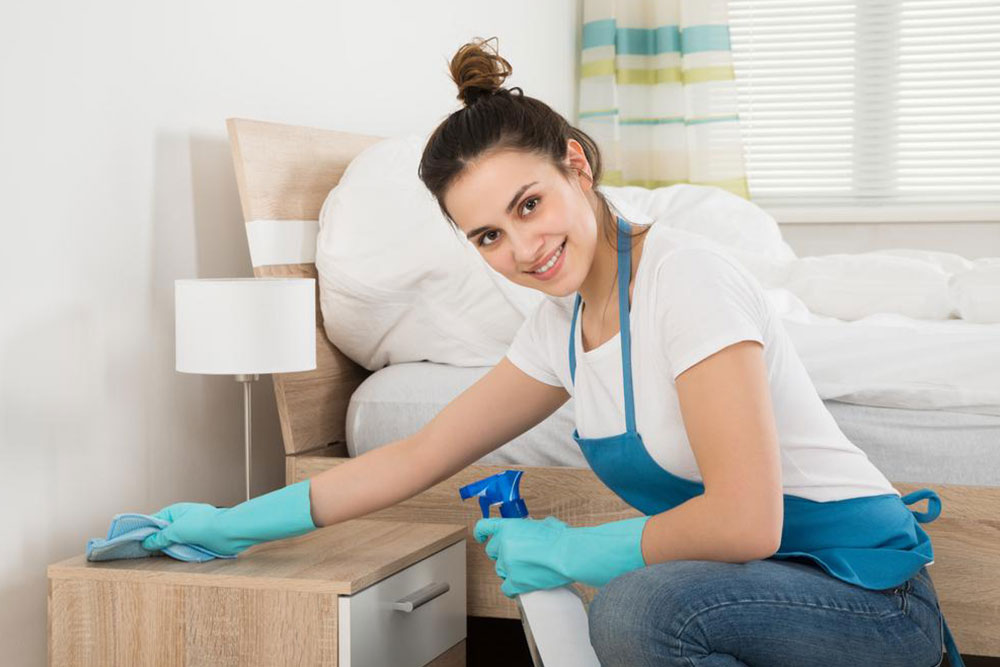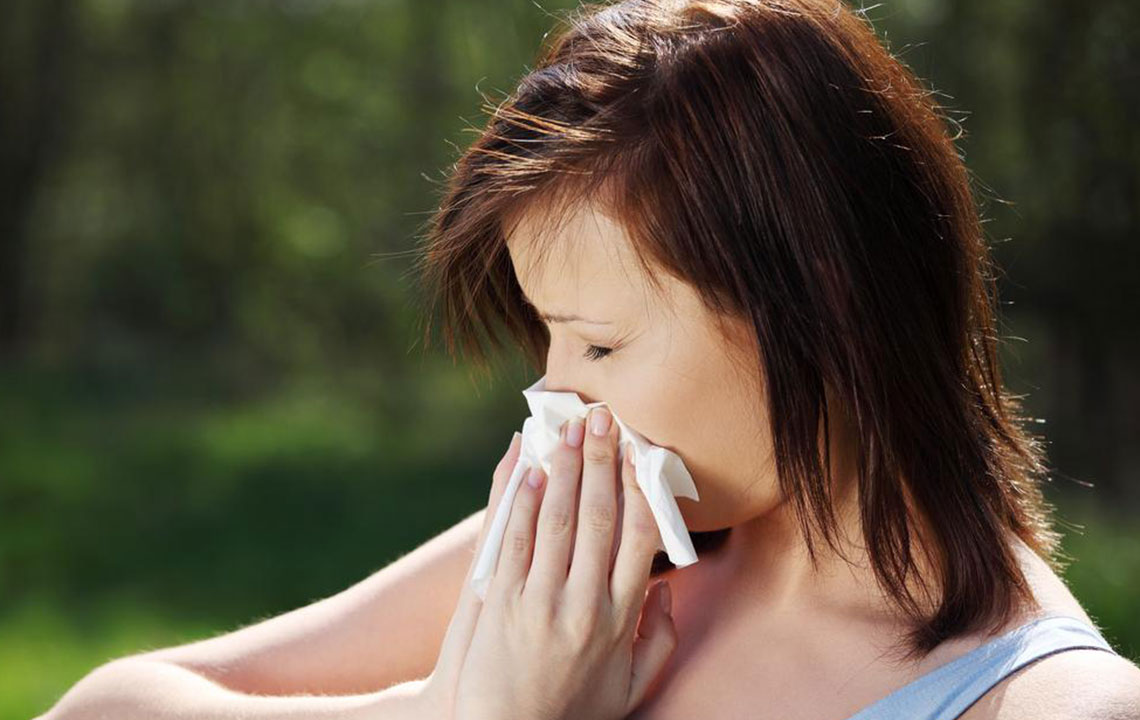Comprehensive Guide to Water Damage Restoration: Essential Strategies to Protect Your Home
This comprehensive guide details essential water damage restoration strategies, including moisture removal, safe disposal of porous materials, water type identification, waterproof flooring installation, and drywall replacement. Quick action and professional assistance are emphasized to protect your home’s structural integrity and health. Learn effective methods to prevent mold growth, limit damages, and safeguard your property from future water threats.
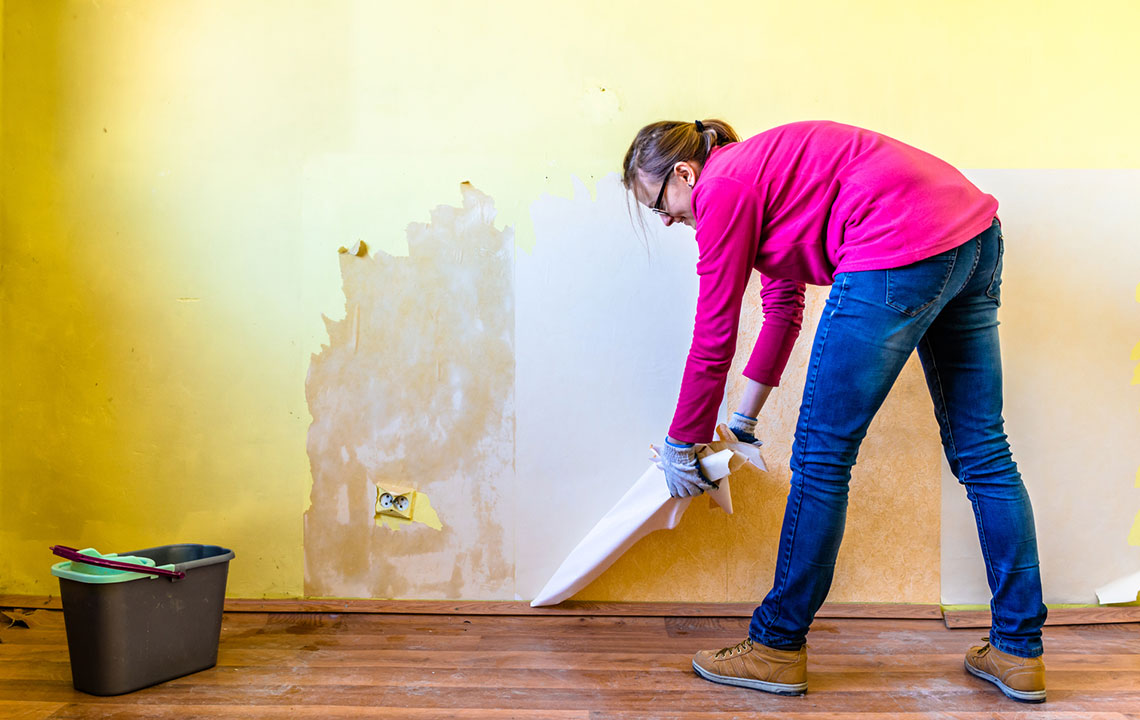
Comprehensive Guide to Water Damage Restoration: Essential Strategies to Protect Your Home
Water intrusion poses a serious threat to residential properties, often resulting in extensive repairs and compromising the integrity of your home. Whether caused by natural flooding, pipe leaks, or condensation issues, dealing swiftly and effectively with water damage is crucial to minimize long-term structural problems and prevent health hazards like mold growth. This guide provides an in-depth look at proven water damage restoration strategies, highlighting key steps homeowners and property managers should take immediately following water intrusion incidents.
Eliminate Excess Moisture – The First Line of Defense
Removing excess moisture from affected areas is vital to prevent further deterioration and mold development. Even seemingly minor leaks can lead to significant problems over time if not addressed promptly. Professional-grade dehumidifiers and industrial fans are essential tools that expedite the drying process, especially for wooden surfaces, carpets, and other porous materials. It’s important to note that thorough drying must be achieved within the first 48 to 72 hours after water intrusion to effectively halt mold growth and limit structural damage.
Discard Porous Items to Ensure Safety
Porous materials such as fabrics, upholstery, insulation, and carpets absorb water rapidly and are difficult to dry completely. When these items sustain extensive water damage, it is safer to dispose of them to prevent mold, musty odors, and potential health risks. However, if salvageable, these items should be isolated, thoroughly cleaned, and dried using specialized equipment. Proper disposal and careful handling are imperative to maintain a healthy indoor environment.
Identify Different Types of Water for Proper Response
Distinguishing among various types of water involved in the damage scenario is critical. Water from rain, condensation, or leaking pipes generally poses less health risk but still requires prompt cleaning. Gray water, which may contain some contaminants from appliances like washing machines or sinks, necessitates careful handling. Black water, originating from sewage or floods, is highly contaminated and demands professional cleaning and remediation services to ensure safety and prevent disease transmission.
Install Waterproof Flooring to Protect Your Property
When water seeps beneath floor coverings, it can reach the subfloor and undermine structural stability. Inspect carpets, vinyl, or other flooring materials for signs of swelling, warping, or dampness. Installing waterproof flooring options, such as vinyl planks, ceramic tiles, or engineered wood, provides a protective barrier against future water damage. Proper sealing and installation techniques are essential to create an effective moisture-resistant environment, especially in high-risk zones like kitchens, bathrooms, and basements.
Replace Damaged Drywall for Structural Integrity
Drywall that experiences water saturation often swells, sags, or develops mold, compromising the safety and stability of interior walls. Experts recommend replacing drywall panels if expansion exceeds 3/8 inch from their original position. This involves removing damaged sections, inspecting underlying insulation and studs, and installing new drywall to restore wall integrity. Employing professional contractors ensures thorough remediation and prevents future issues associated with hidden mold or residual moisture.
